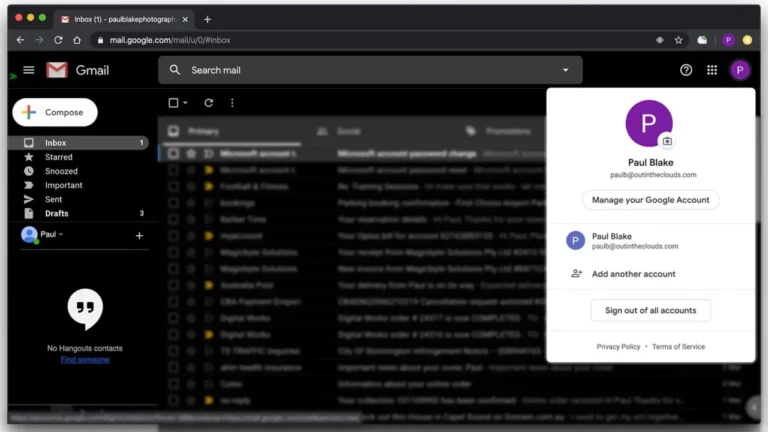A Guide to Implementing an End-to-End Solution.
The rise of cloud-based solutions has led to the development of new and innovative technologies. Machine learning, artificial intelligence, and the Internet of Things are just a few examples of the exciting advancements in the cloud.
For any size business, cloud-based solutions are becoming increasingly ubiquitous and for a good reason. They offer convenience, flexibility, and cost-effectiveness and are helping to shape the future of workplaces.
Let’s explore the simple ( with our help) steps to implementing an end-to-end cloud-based solution to get your time and productivity back!
Step 1: Define Your Goals and Objectives
The first step is to define your goals and objectives.
What do you want to achieve with your end-to-end cloud-based solution? Are you looking to improve scalability, reduce costs, or increase agility? You can work towards an aligned tech and business strategy by clearly defining your goals and objectives.
Step 2: Evaluate Different Cloud Providers
There are many different cloud providers, each with its strengths and weaknesses. Therefore, for your second step, we recommend evaluating various providers and selecting the one that best meets your needs in terms of features, scalability, and cost. Factors to consider include the type of cloud services offered, security and compliance features, and pricing models.
Step 3: Create a Comprehensive Strategy
Once you clearly understand your goals and have selected a cloud provider, you can begin creating a comprehensive strategy for your end-to-end cloud-based solution – this should include data migration, security, disaster recovery, and scalability. Your strategy should be aligned with your goals and objectives and consider your business’s specific needs.
Step 4: Migrate Your Data and Applications
One of the essential steps in executing an end-to-end cloud-based solution is migrating your data and applications to the cloud – a complex process but with our help and with proper planning and execution – you can achieve seamless success. It’s important to consider the volume and complexity of your data, the dependencies between your applications, and the potential impact of the migration on your users and customers.
Step 5: Implement Security and Compliance Measures
Security and compliance are critical considerations when it comes to end-to-end cloud-based solutions. Implement measures to protect your data and applications, such as encryption, firewalls, and user access controls. Ensure that your cloud provider complies with relevant regulations and standards, such as the General Data Protection Regulation (GDPR) and the Payment Card Industry Data Security Standard (PCI DSS).
Step 6: Monitor and Optimise
Once your end-to-end cloud-based solution is in place, monitoring its performance and optimising it as needed is essential – this involves fine-tuning your applications, scaling resources up or down, and adjusting your security and compliance measures. Dont forget to discuss a disaster recovery plan to ensure that your solution can be quickly restored in the event of a failure or disruption.
Step 7: Continous Improvement
As with anything, continuous improvement is key to success. Review your goals, strategies and processes periodically, and make adjustments as necessary – this will help you stay ahead of the curve and ensure that your end-to-end cloud-based solution always delivers the best results. Additionally, adopting a DevOps approach to your cloud-based solution will allow you to continuously deliver new features and improve the performance of your solution.
So embrace the cloud and see how it can revolutionise your business!







